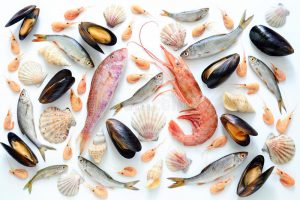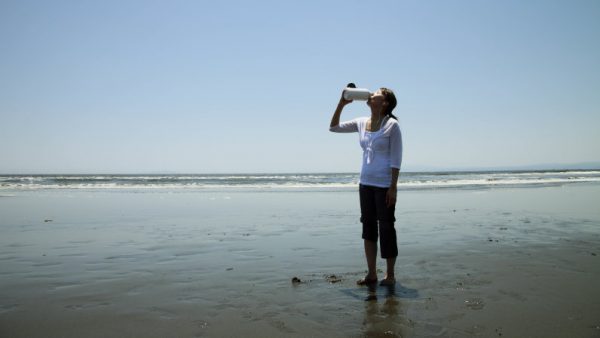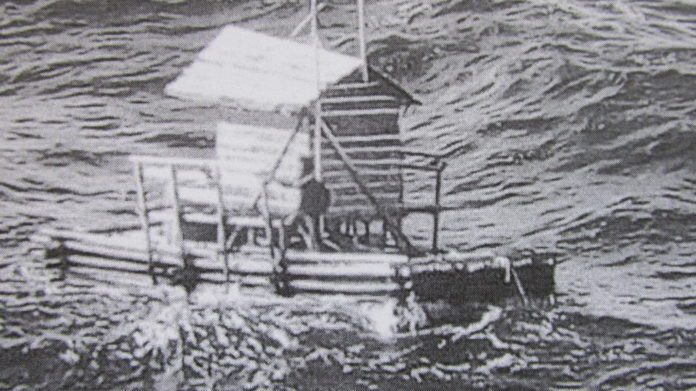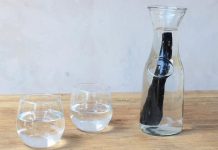On September 24, 2018, the Jakarta Post reported how an Indonesian teen (19), Aldi Novel Adilang, had been drifting in the sea for 49 days since July 14.
Aldi worked on a fishing boat, known as a rompong, lighting lamps to attract fish. But the rompong has no navigational devices or oars. It’s a fixed boat, anchored to the seabed with ropes, where he lived for a week at a time, with supplies meant to last a week. A storm in July cut the ropes and Aldi floated out on the sea.
He did have his limited food and water supplies, which were used up in the first few days. Then he caught fish and drank seawater. Generally, one does not drink seawater straight because the high mineral content results in vomiting and diarrhea, a net water loss. However, Aldi states that he soaked his shirt in the sea, and was able to suck the palatable water out of his shirt.
Eventually, after he tried to flag at least 10 ships that sailed by, one was able to rescue him and take him to shore.
FOOD FROM THE SEA


There are a limited sources of foods from the sea, especially if you’re stranded on the open ocean. There are fish, birds, turtles, and possibly some crustaceans, especially closer to the shore. Aldi, who worked with fishermen, managed somehow to capture and eat fish.
WATER
Since you cannot safely drink straight seawater, you have to process it somehow if that’s all you have to drink.
In one of the books titled “How to Survive Anywhere”, in the Water chapter. For example, the author recounted the story of Thor Heyerdahl’s Kon Tiki expedition, where he sailed across the ocean using a primitively-built raft, with supplies carried as they would have been a thousand years ago. When his water supplies ran low, he found that he could mix 60% fresh water with 40% ocean water, with no ill effects whatsoever when they drank it.


Distillation is the best way to purify ocean water from its high mineral content, but you must have the tools and supplies to distill, something that Aldi did not have when adrift.
Related: The Easiest And Cheapest Way To Filter Water With Shungite
For his water, Aldi reported that he soaked his shirt in the ocean water, and sucked the water out of the fabric. Presumably, the fabric of his shirt absorbed enough of the mineral and salt content that he could safely drink the ocean water. I’m going to try that soon. I have sipped ocean water straight in the past to see if it would quench my thirst if drunk little by little. For my short experiment, I experienced no illness and my thirst was quenched. But it was not a long-term experiment.
Otherwise, if adrift on the ocean, your water sources would be the rain, dew, and possibly the liquid inside the floats of seaweeds and inside fish.





















